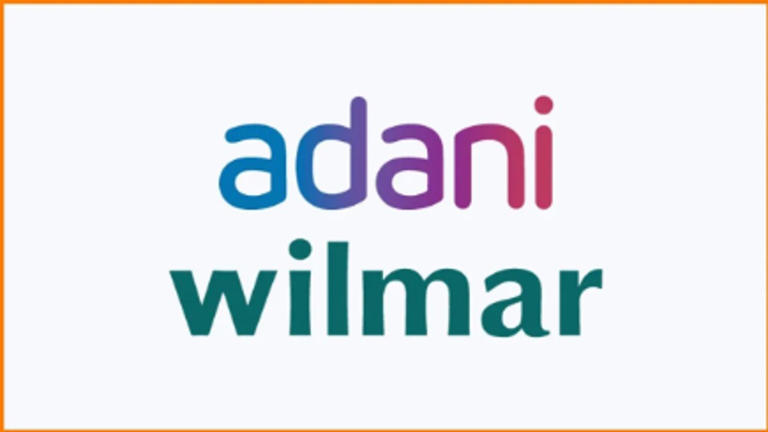‘Adani Wilmar will cross Rs 10,000 crore FMCG revenues by 2027’: Angshu Mallick, MD & CEO of Adani Wilmar on the company’s ambitious growth plans

Angshu Mallick, CEO of Adani Wilmar Ltd (AWL), shared the company’s strategy to expand in the FMCG sector, particularly in staples like rice and wheat. AWL leverages cost efficiencies through integrated distribution and processing, reducing operational expenses. This synergy allows AWL to deliver high-quality, affordable products, aiming to build a national brand in the growing staples market.
Adani Wilmar Ltd (AWL), the country’s largest edible oil producer and seller, has dominated the domestic market for years. But MD & CEO Angshu Mallick—a part of the Rs 49,000-crore-plus AWL’s founding team—wants to do more. The Ahmedabad-based company is now rapidly expanding its operations in the FMCG space—which posted revenues of Rs 4,994 crore in FY24—with new capacity, greater distribution strength, and venturing into new categories. Mallick, 63, in an exclusive interaction with Business Today’s Arnab Dutta, talks about the company’s strategy, expansion plans, and what lies ahead. Edited excerpts:
Q: What is AWL’s business strategy?
A: The Adani Wilmar story has been that with edible oil, we have also grown the foods business. We always believed staples is a very big business. There isn’t any national brand; rather, the market is dominated by regional players. But as the country’s economy expands, consumption of better quality rice, wheat, sugar, as well as blending will take place, [and] value addition will happen. Currently, the entire business of staples is very small in terms of brand share, unlike edible oils, which in the past 20 years have grown because of big multinational companies entering [the space] and building it through capacity and technology. With this in mind, we embarked on the journey of foods.
Q: Why is AWL betting heavily on consumer staples, that is otherwise considered a low-margin business?
A: We started in 2014-15 with rice; in 2018 we entered the ready-to-cook [space], and today we have a range of all essential staples and ready-to-cook items, which cater to [everyone from the] urban rich to the poor and rural households. The entire game of kitchen essentials lies in the ability to distribute at the least cost—procuring, processing, manufacturing and distributing at the least cost… So, if you were to do this only one product at a time, you will find that it is very difficult to reach the entire country with one brand. And with one product, the cost of handling becomes very high and so is the cost of manpower. Integrating all these results in a lot of synergy. Once you have synergy, there is a brand fit in all the products, and there’s a distribution fit.














